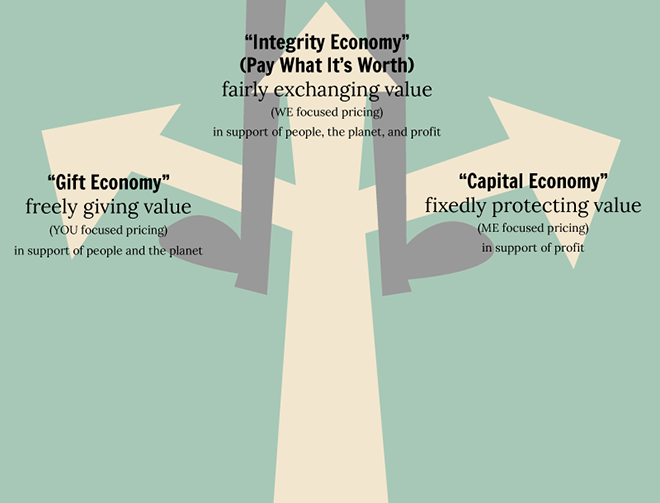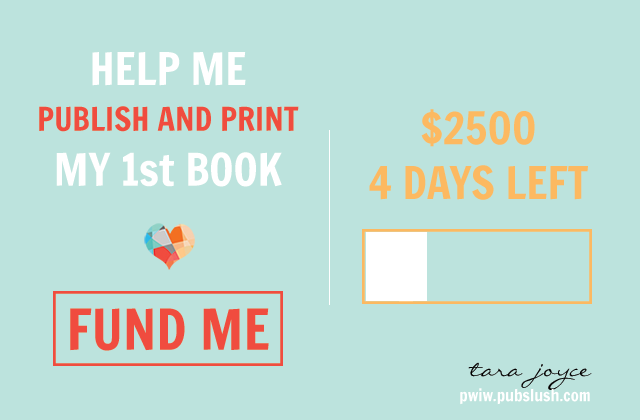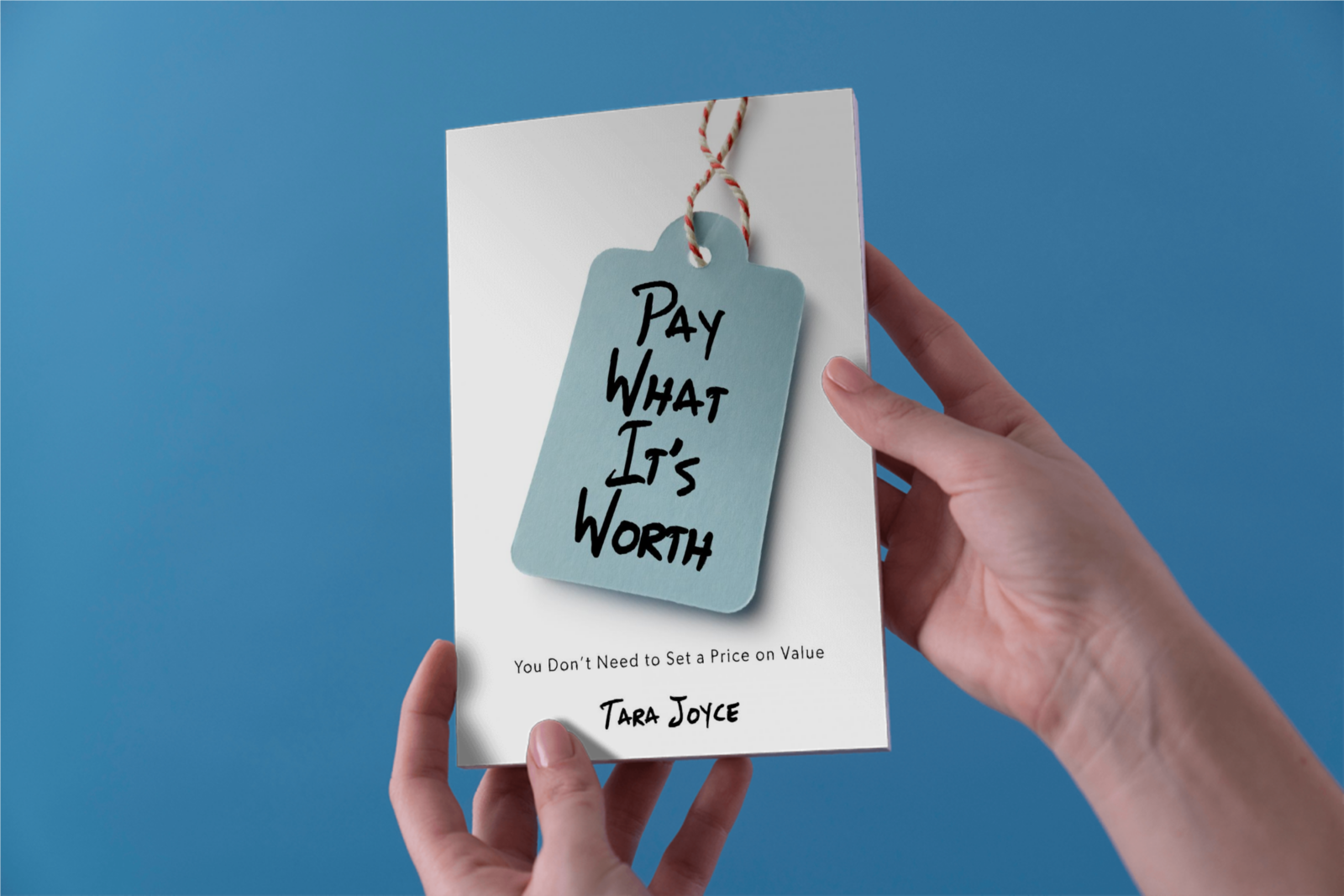
by Tara Joyce | Jul 30, 2014 | Cultural Creativity, Pay What It's Worth Pricing

Economic theory is based on the assumption of scarcity – why is that? Aren’t we, collectively, always creating and printing more money? It’s not a limited resource, so why do we use it like it is?
We can’t run out of it. It’s not clean water. Or pandas. We make it, and we can always make more of it. So why should we believe and act like it’s going to run out?
I make a conscious choice to live in a world of abundance, not scarcity. And that includes money.
In Paying What It’s Worth for the value you receive, you shift the traditional supply curve (based on scarcity) to one based on abundance. In not setting prices, you remove the false ceiling that’s been placed on your value, maximizing your return potential, and removing any self-imposed limits to it.
So why not forget that economy of scarcity story? Its plot is full of holes.
photo credit: Paul Nicholson

by Tara Joyce | Jul 29, 2014 | Cultural Creativity, Pay What It's Worth Pricing
It appears that there are only two paths.
To think of YOU or to think of ME.
One, I give with my heart too wide; the other, with my heart too closed.
There is a middle way. A place in between.
A place where my heart is open, and it is protected.
A place where I can be free to give, and to receive, the value I add to this world.
There is a middle way.


by Tara Joyce | Jul 28, 2014 | My Journey | What's On My Mind, Pay What It's Worth Pricing, Self/Business Growth

I’ve heard it before. Maybe you have too.
I’ve heard that in order to truly thrive, as a business owner, and as as human, I need to learn to ask for what I need.
I need to ask for support.
I’ve heard it before, and I’ll hear it again.
And I’ll keep on hearing it because it’s true.
And because it’s a lesson I need to learn.
I need others in order to thrive. I can’t do it alone.
We can’t do it alone.
I need your help.
And you need mine.
However we choose to offer it to each other, our support connects us.
As a reader, my words support you; as a writer, you support me by experiencing my words.
I need your support to grow, just as you need mine.
I need to ask you for what I need, just as you need to ask me.
And whether it is provided it a whole other story, and entirely not the point.
The point is the recognition and the asking.
So here I go… deep breathe…
Would you like to support my crowdfunding campaign for “Pay What It’s Worth”? I self-published the book and I need your support in funding the creation of printed softcover and ebook formats.
You’ll be rewarded for your contribution with a copy of the book (and other lovely rewards), and help enable an evolution in the way we do business and make purchases. The campaign ends on August 8 at midnight.
For the next four days, to support of the final days of my campaign, I will be publishing an article each day in support of you, in hopes that you may support me too.
I love you. Thank you for supporting my writing by reading.

by Tara Joyce | Jul 17, 2014 | Pay What It's Worth Pricing

I want to share this fantastic example of how much we are motivated by our emotions when it comes to money, and valuing things.
Ask yourself:
Is the value of the Empire State Building high because the value of rent is high, or vice versa, is the value of rent high because the building is highly valued?
What do you think?
Does it change if I asked you to substitute WHAT you are valuing?
Is the value of a cow high because the value of calves and milk is high, or vice versa, is the value of milk and calves high because cows are highly valued?
In altering WHAT you are valuing, did your willingness to pay change?
This analogy’s purpose is to highlight that your willingness to pay is fluid, and not set. How you value things and what you are willing to pay depends on how you feel about (yourself and) the thing you are valuing.
Fascinating, isn’t it?
photo credit: Doug Wheller

by Tara Joyce | Jul 9, 2014 | My Journey | What's On My Mind, Pay What It's Worth Pricing

After five years of experimenting with not setting prices, in Pay What It’s Worth: Building Your Sustainable System for Not Setting Prices, I introduce this pricing innovation and share integral strategies for creating a balanced exchange experience, empowering both your customer and you to fairly value what’s being exchanged.

explore how an open pricing system with
Accountability. Norms. Disclosure.
creates and sustains a relationship of
Mutual benefit. Exchange. Connection.
between customer and creator
shaping an economy of integrity for your business to be valued in and grow from
Learn more and read the book

Pay What It’s Worth is self-published by Tara Joyce under Elastic Mind Press. Currently you can purchase a PDF version of the book, and pre-order your print, kindle or EPUB version.











